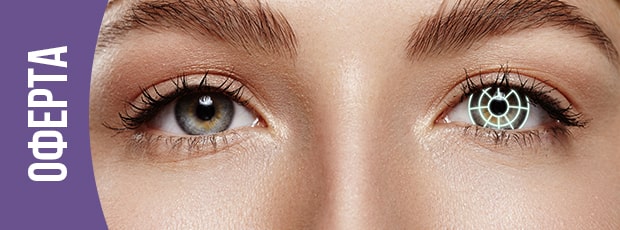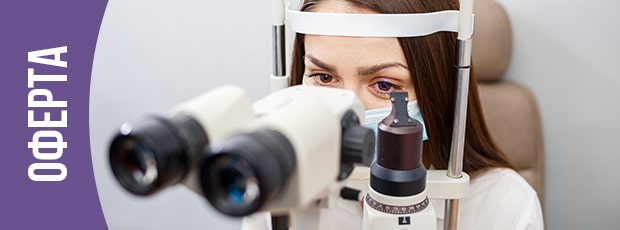Varicose vein removal is a surgical procedure that removes varicose veins from the legs or thighs. Varicose veins are swollen, twisted veins that you can see under the skin. They usually have a red or bluish-purple color. Varicose veins most often appear in the legs, but they can develop in other parts of the body. Removing varicose veins cures them and helps prevent them from reappearing. The procedure is also known as vein stripping with ligation, avulsion or ablation. Currently, the removal of varicose veins has largely been replaced by endovenous laser ablation or radiofrequency ablation. Both techniques are considered less invasive, safer and more effective than vein removal.
Why is varicose vein removal done?
Your doctor may recommend removing varicose veins if you are experiencing:
- constant pain and throbbing in the legs
- skin wounds and ulcers
- blood clots
- bleeding from the veins
Varicose vein removal can also be done if you are concerned about the cosmetic appearance of your legs.
How to prepare for varicose vein removal?
The attending physician will perform a physical examination prior to the procedure. This can help the doctor determine where the malfunctioning valves are located.
A handheld ultrasound device may be used to better see the veins and their valves. They can also order a duplex scan, which provides clear images of the veins affected and the amount of blood flow.
This test can also rule out any clots or thromboses in the veins. This allows the doctor to see the varicose veins in more detail.
Prior to the procedure, it is important to let you know about any prescription or over-the-counter medications you are taking. The attending physician may ask that you temporarily stop taking certain medications, as some can cause severe bleeding during varicose vein removal.
Varicose vein removal is often performed using general anesthesia, which can make you drowsy and unable to drive for several hours.
What are the risks associated with varicose vein removal?
Varicose vein removal is a safe, low-risk surgical procedure. But there may be minor complications such as:
- allergic reaction to anesthesia
- infection of the incision sites
- heavy bleeding
- blood clots
- bruising or scarring
- nerve injury
These risks are rare, but some people are more likely to experience them. Varicose vein removal is not usually recommended for:
- pregnant women
- people with poor circulation to the legs
- people with skin infections
- people with bleeding problems
- overweight people
What can I expect during a varicose vein removal procedure?
Varicose vein removal is often performed on an outpatient basis, which means you will be able to go home the same day of surgery. The procedure usually takes 60 to 90 minutes.
Depending on your doctor's recommendation, you may receive general or spinal anesthesia before the procedure. General anesthesia puts you to sleep throughout the procedure. Spinal anesthesia numbs your lower body, but you will remain awake during the procedure.
Your doctor may give you an anti-anxiety medicine to take beforehand if you are having spinal anaesthesia and feel nervous about the procedure.
During varicose vein removal, your surgeon will make several small incisions near the top and bottom of the damaged vein. One of the incisions will be in the groin. The other will be further down the leg, either in the calf or in the ankle. They will then push a thin, flexible plastic wire into the vein through the incision in the groin. The wire will be tied to the vein and pulled through the incision in the lower leg. Your surgeon will then close the incisions with stitches and place bandages and compression stockings on the legs.
What happens after removal of varicose veins?
It usually takes 2 to 4 weeks for the body to recover after varicose vein removal. However, the recovery time will depend on how many veins were removed and where they were located.
The attending physician will prescribe painkillers to ease the discomfort. You will also be instructed to avoid standing straight on your leg as much as possible for the first 3 to 4 days after surgery.
During recovery, it is important to keep your legs elevated when sitting. You can prop your feet up with pillows. By the fourth week, you will probably be able to return to your normal activities.







